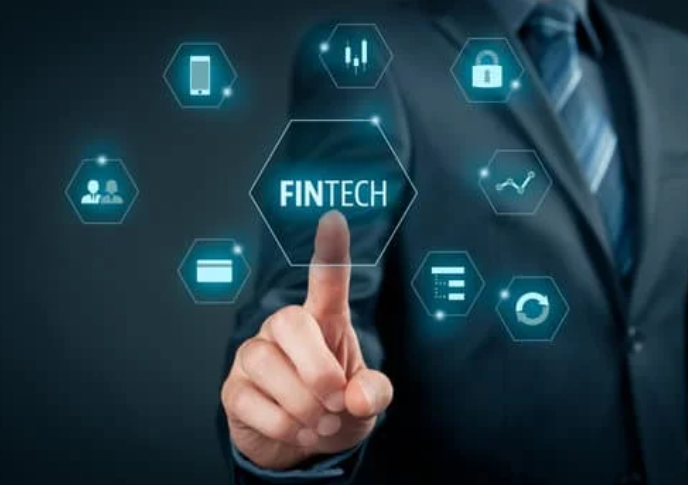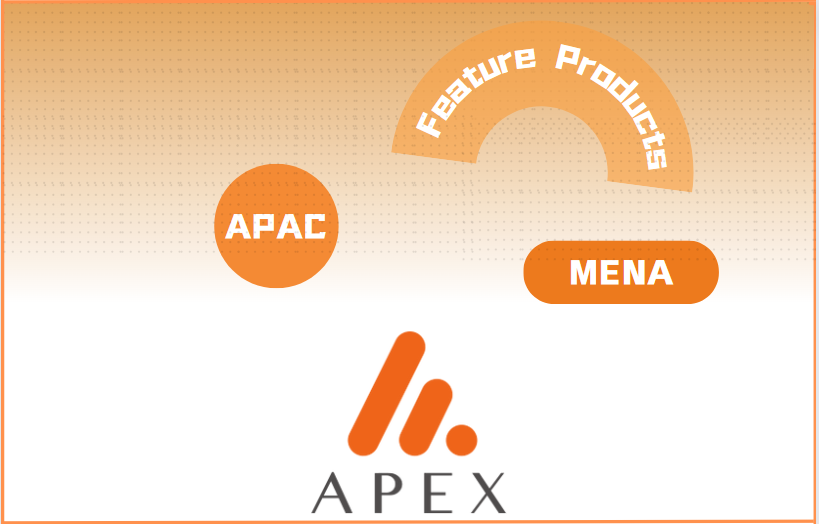Charting the New Frontiers of Finance with DLT
Carmen Chu, Executive Director (Banking Supervision), Hong Kong Monetary Authority
1.Good morning, everyone. Welcome to the FiNETech4, which brings us together to chart the new frontiers of finance with Distributed Ledger Technology, or DLT for short.
2.As we set sail on the fourth FiNETech, the Fintech opportunities stretch out before us like a vast ocean waiting to be discovered. As supervisors, we remain committed to sailing together with the industry, navigating the Fintech adoption journey by leveraging DLT as the new guiding light for mariners.
3.Traditional sailing journey can only succeed with three fundamental tools: compass, sail, and lookout post. With DLT's potential, we may upgrade these tools to further improve customer experience, boost operational efficiency, and enhance risk management.
4.The first and foremost thing to start our journey is charting our course. With DLT, our navigation is upgraded from compass to a state-of-the-art satellite system, guiding us to new “islands” of market opportunities.
5.Many of these islands are on the new “continent” of tokenisation, where physical assets such as gold, and intangible ones such as patents can be converted into digital tokens that can be stored, managed, or even traded on blockchains. Asset tokenisation offers a game-changing opportunity to facilitate more secure and transparent value exchange by enabling new forms of financial transactions.
6.While tokenised assets provide digital representations of assets for customers to access and manage, tokenised monies such as tokenised deposits, could serve as new types of settlement tools to facilitate 24/7 transactions. Banks equipped with these capabilities can offer a wider range of tokenised products and services to customers.
7.As DLT continues to evolve, we could expect to witness more sophisticated ways of managing tokenised assets, such as real-time ledger updates, autonomous book-keeping, and streamlined reconciliation processes. This will ultimately enable new forms of transactions that are not feasible with traditional financial infrastructure.
8.Beyond tokenised assets and monies, tokenised information also has the potential to revolutionise the way banks serve customers. By tokenising real-world data, banks can develop innovative financial products with smart contracts tailored to the unique needs of specific industries, unlocking new revenue streams.
9.For example, tokenised data of supply chain activities can help banks assess credit risk more accurately, enabling them to offer tokenised loans with more competitive terms to those businesses better equipped to manage supply chain risks.
10.Tokenised information can also enhance onboarding processes with seamless, secure identity verification and user protection across various use cases by leveraging cross-chain interoperability.
11.A notable example of this is the Shenzhen-Hong Kong cross-boundary data verification platform pilot launched by the HKMA in collaboration with Mainland authorities and platform operators. It facilitates the verification of documents without involving any physical transfer or storage of the original papers using blockchain and data coding1.

12.But the question of how to fully realise the potential of tokenised information using DLT remains an open one, given the need for brand new operating models that can ensure seamless accessibility of information from different sources within the financial ecosystem. Addressing this will be critical to achieving seamless DLT interoperability, and we appreciate the initiative shown by various market participants to confront this challenge head-on. We’ll hear more about some of the inspiring work being done on this front during the fireside chat.
13.As we continue our journey, DLT upgrades our sails to advanced propulsion systems, powering our way towards achieving greater operational efficiency.
14.For instance, trade finance automation is one key area where DLT could assist in unlocking financial resources. Leveraging tokenised deposits and more real-time risk data, financial resources such as collateral could be freed up in a more agile manner, allowing them to be redeployed to generate incremental returns2.
15.Along the journey, just as sailors must adapt to changing tides and unexpected storms, we must navigate the unseen risks facing the financial industry. With DLT, we can evolve from relying on lookout posts to deploying modern radar systems for more effective horizon scanning, navigating risks with higher precision and timeliness.
16.Leveraging the inherent features of immutability, transparency, and real-time updates of DLT, this radar can augment credential validation in digital ID management, mitigating the risk of fraud. In various financial transactions, it may also help reduce the risk of double collateralisation and double claims.
17.Furthermore, a blockchain network providing a shared, immutable record of counterparty relationships can help enhance transparency among all parties concerned. Financial institutions could benefit from more effective counterparty risk management through relationship monitoring and in-time responses, and thus helping enhance the stability of the financial system.
18.I’ve spoken at length about the transformative potential of DLT, including how it could help us unlock new market opportunities, operational efficiencies and enhanced risk management capabilities.
19.However, as a supervisor, our focus is not just on the “good”, but also to anticipate and pre-empt anything that could go wrong. The hard truth is that we will only be able to realise these benefits if we can safely and prudently integrate DLT within our “vessel”. And indeed, this process will not be an easy one – DLT is a novel technology with its own unique characteristics and risks, and there will naturally be a period of adaptation needed before it can operate seamlessly with existing constructs, whether technical, legal or regulatory in nature.
20.The onus to navigate these challenges should not be on the private sector alone, and the HKMA stands ready to support and enable the banking industry to unlock the promised “treasure” at the end of this journey.
21.With this, the HKMA is delighted to launch today the Supervisory Incubator for DLT, a new supervisory arrangement designed to help banks maximise the benefits of DLT adoption, by enhancing the ability to productionise DLT-based banking products and services in a prudent and risk-controlled manner.
22.The Incubator will offer a number of features, most notably a one-stop supervisory platform manned by our dedicated team that banks can tap to socialise their DLT-based proposals, gather supervisory feedback, and conduct live trials to obtain hands-on risk management experience. As part of our iterative approach, we will also deliver supervisory guidance, sharing sessions, as well as forward-looking research projects, amongst others, to enhance the overall banking sector's understanding and awareness of best practices in DLT risk management.
23.I should mention that while the Incubator is open to all banks and their DLT-related proposals, we will put particular focus at the outset on those products and services that cut across DLT-based and legacy banking infrastructures. A prime example of this, and which I understand there is significant industry interest around, will be tokenised deposits.
24.I hope that banks will actively tap and make use of this new resource, regardless of which stage of the DLT adoption journey you are at. After all, as the saying goes, achieving big goals starts with small habits.
25.In conclusion, I would like to express my sincere gratitude to the Securities and Futures Commission for co-hosting FiNETech4 today, and to the Insurance Authority, Mandatory Provident Fund Schemes Authority, the Authority of Qianhai Shenzhen-Hong Kong Modern Service Industry Cooperation Zone of Shenzhen, Hong Kong Association of Banks, Cyberport, and FinTech Association of Hong Kong for supporting the event, as well as to KPMG and Quinlan & Associates for facilitating the arrangements. I would also like to thank our distinguished speakers for sharing valuable insights with us.
26.Let us now embark on the journey of DLT exploration. Bon voyage. Thank you.






















































First, please LoginComment After ~